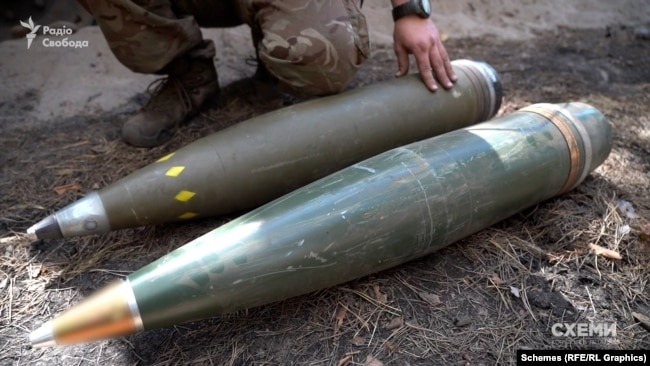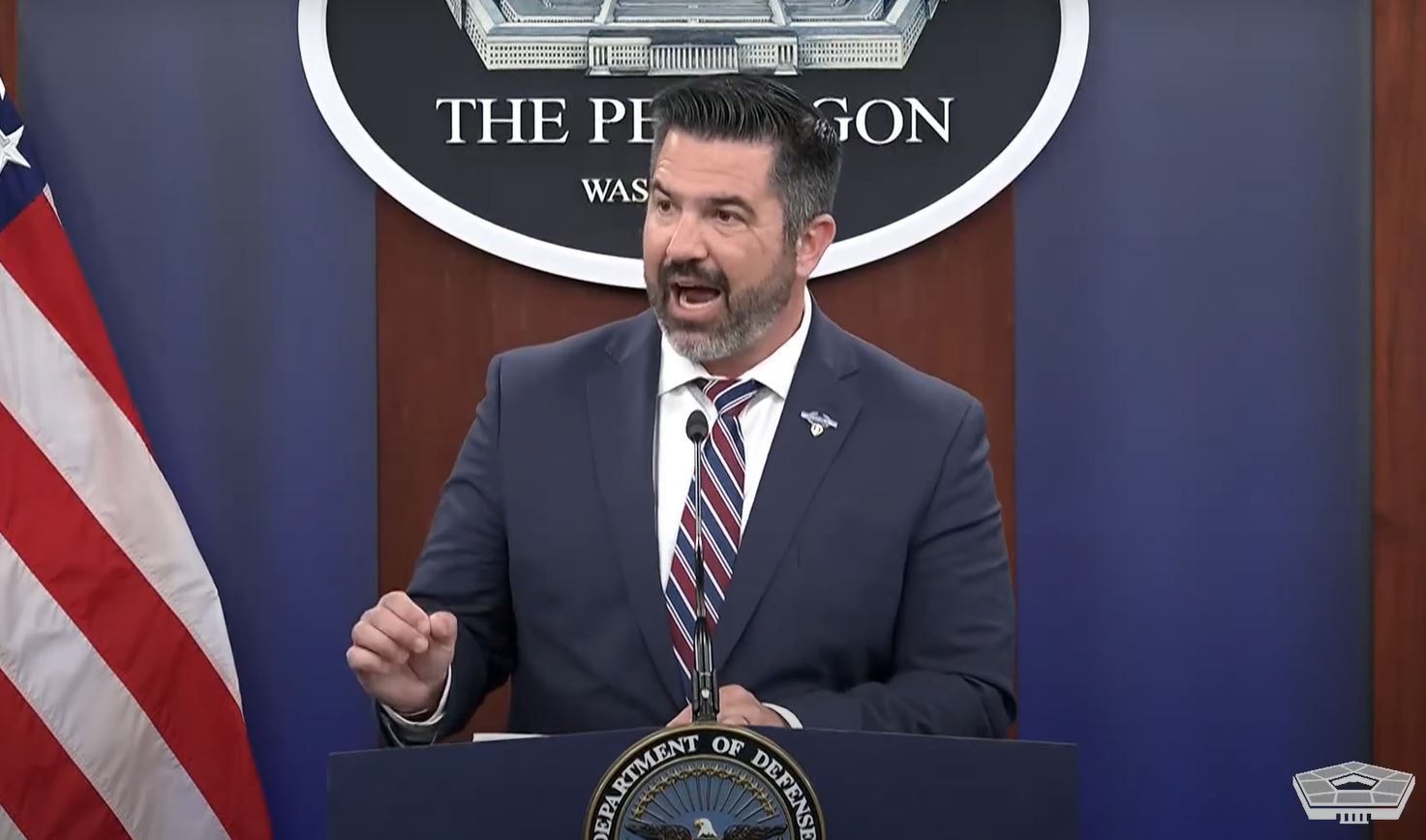In the early hours of 4 July, Russia launched one of its largest air assaults of the war, targeting Kyiv with an unprecedented wave of 550 air attack assets—explosive drones and missiles—mere hours after a phone call between Presidents Donald Trump and Vladimir Putin. The Ukrainian capital and surrounding oblasts faced explosions, fires, widespread damage, and at least 23 injuries.
Attack began as media reported Trump-Putin phone call
According to Ukrainian President Volodymyr Zelenskyy, the Russian strike coincided with news reports of the Trump-Putin phone conversation.
“The first air raid alerts in our cities and oblasts began yesterday almost simultaneously with media coverage of President Trump’s phone call with Putin,” Zelenskyy said in a 9:40 statement. He described the strike as “one of the most massive air attacks,” calling it “demonstratively significant and cynical.”
The Air Force later reported that the aerial assault began at 18:00 on 3 July and lasted through the night, and provided more details on the aerial weapons used in the assault. According to the military, Russia’s “main strike direction” was Kyiv.

After Russia’s attack on Kyiv, Trump says he’s “disappointed”
After his almost one-hour-long phone conversation with Putin yesterday, Trump said early today that he’s “very disappointed”.
“I’m very disappointed with the conversation I had today with President Putin, because I don’t think he’s there, and I’m very disappointed,” Trump said, according to Reuters. “I’m just saying I don’t think he’s looking to stop, and that’s too bad.”
Right after the phone call yesterday, Trump said he was not successful in his peace efforts with Putin:
“I didn’t make any progress with him at all,” he told reporters.
To justify the suspension of weapons to Ukraine – including vital interceptor missiles – Trump claimed the US is still sending weapons, and simultaneously blamed the Biden administration.
“We’re giving weapons, but we’ve given so many weapons. But we are giving weapons,” he said. “And we’re working with them and trying to help them, but we haven’t (completely stopped). You know, Biden emptied out our whole country giving them weapons, and we have to make sure that we have enough for ourselves.”
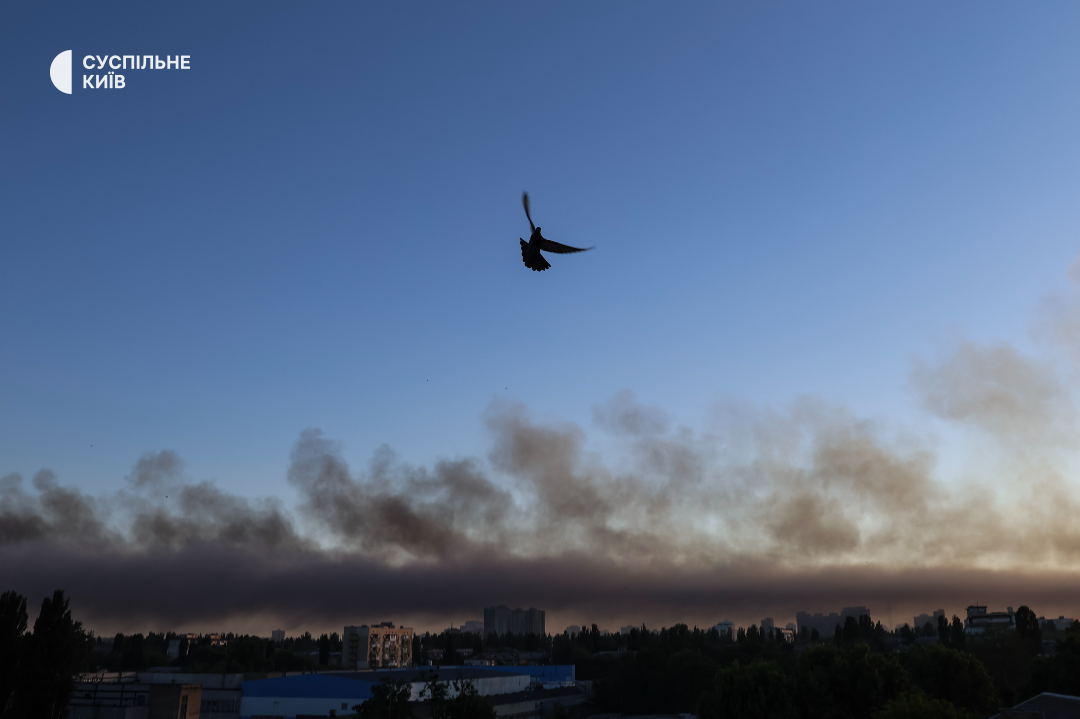
In his morning statement, Zelenskyy emphasized the need for sustained US aid, particularly missile defense systems like the Patriot.
“These are real protectors of life,” he said.
He urged for “massive pressure” on Russia in the form of sanctions and economic strikes.
“Russia shows it’s not going to stop its war and terror,” he warned.
Ukraine’s Air Force intercepts hundreds of aerial threats over Kyiv
Ukraine’s Air Force confirmed on 4 July that Russia had used a total of 550 air attack means, primarily aimed at Kyiv. These included:
- 539 Shahed-type drones and drone decoys
- 1 Kinzhal air-launched ballistic missile
- 6 Iskander-M ballistic missiles
- 4 Iskander-K cruise missiles
The Air Force reported 478 air threats neutralized:
- 270 aerial targets shot down using air defense systems
- 208 targets suppressed or lost from radar via electronic warfare
“Confirmed enemy air attack impacts at 8 locations (9 missiles and 63 UAVs), along with debris from downed [munitions] falling at 33 locations,” the report reads.
Kyiv becomes primary target in massive overnight strike
The attack began in the evening of 3 July, with the first air raid alert in Kyiv issued at 17:16, according to Suspilne. This initial alert was followed by repeated alarms throughout the night. Kyiv Mayor Vitaliy Klitschko confirmed explosions on the capital’s left bank and multiple emergency responses in districts including Obolonskyi and Solomianskyi.
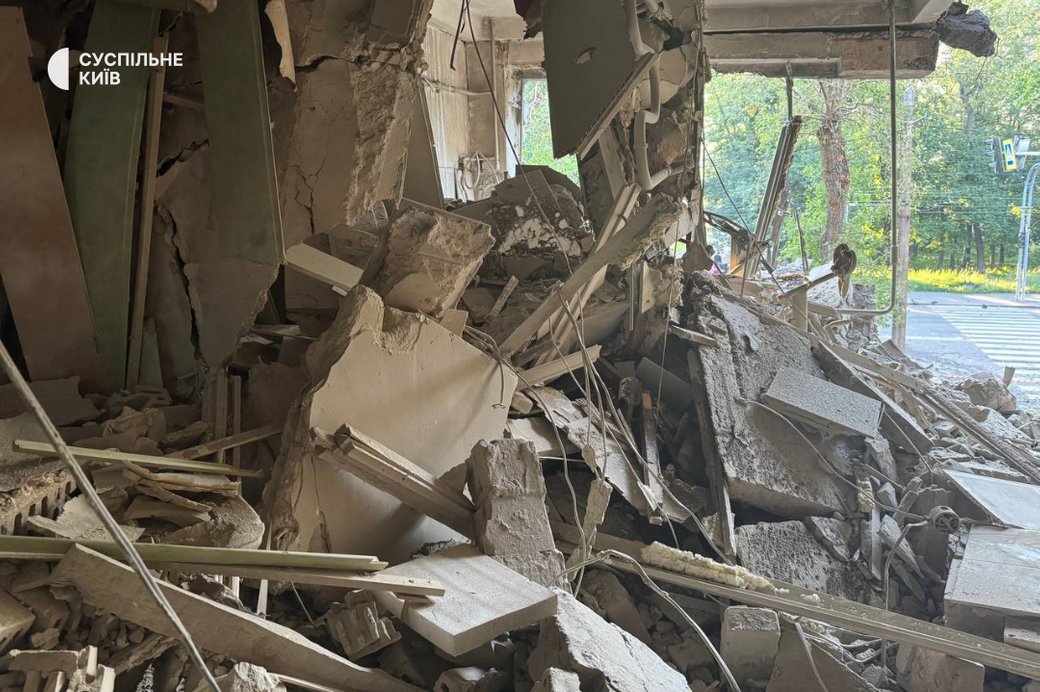
Shortly after 20:00, a renewed air raid alert was declared across the city as authorities warned of incoming drone attacks. Around 21:00, explosions were reported in several areas of Kyiv. In Obolonskyi district, debris from a downed drone fell on the roof of a residential building.
By late evening, the capital faced a new wave of more intense attacks. Around midnight, another series of loud explosions rocked various neighborhoods. Fires broke out in Solomianskyi district, where drone fragments struck residential buildings. In Darnytskyi, debris fell in open areas, some without detonation or fires, though multiple impact points were recorded.
Damage across the capital was extensive. The Kyiv City Military Administration reported that more than 30 apartment buildings had been affected, along with five educational institutions, a detached house, retail locations, a garage cooperative, and several vehicles. Fires also broke out in non-residential areas, and five ambulances responding to emergency calls were damaged.

In Kyiv Oblast, the attack continued throughout the night. In Bucha district, windows were shattered in a four-story residential building and a private house. In Fastiv district, the State Emergency Service reported fires at a high-rise building and seven private garages. Authorities documented the effects of the attack at 11 separate sites across five oblast districts.
Civilian casualties
Fires were reported in multiple neighborhoods, and officials noted elevated levels of combustion products in the air. By 03:50, eight people had been injured. That number rose rapidly in the following hours.
Five ambulances were damaged during the Russian attack while responding to emergency calls in Kyiv. According to Mayor Vitaliy Klitschko, the vehicles were struck as they attempted to reach injured civilians. No medics were reported wounded.
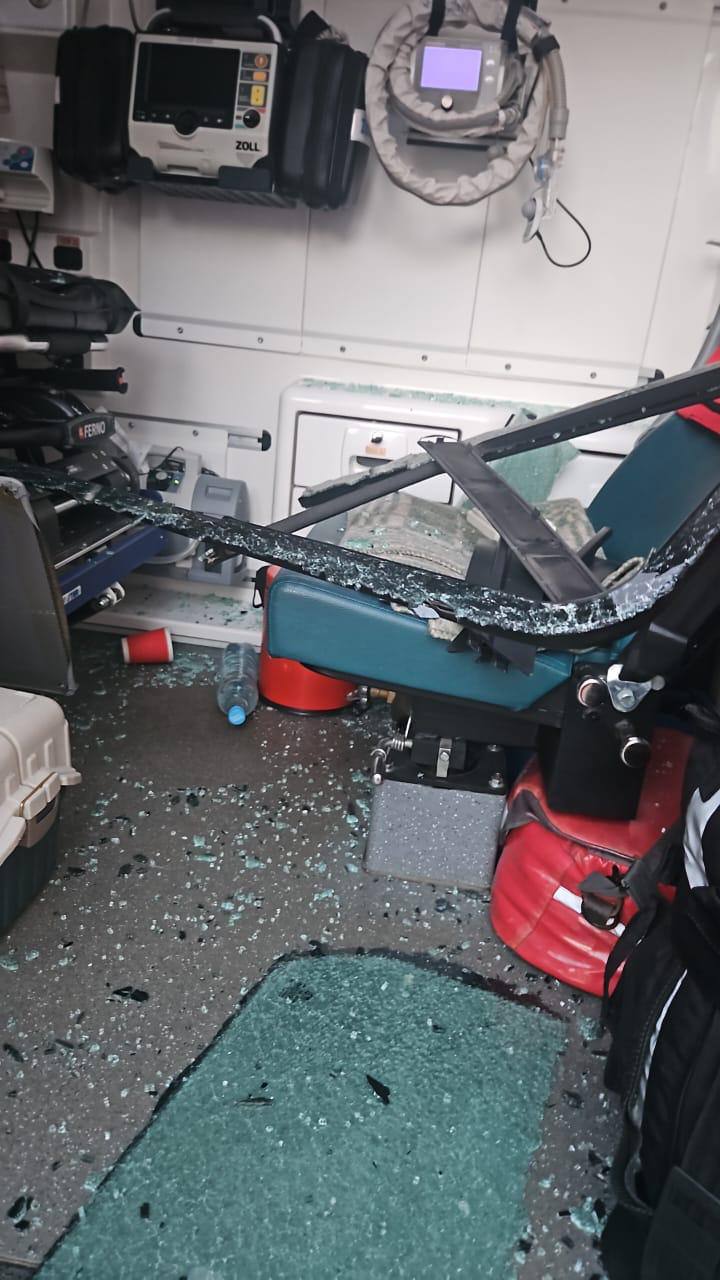
The attack also impacted the city’s railway infrastructure. Ukrzaliznytsia reported damage caused by falling debris, forcing passenger trains heading west to take alternate routes, resulting in delays of up to two hours.
Read also
-
Trump admits “no progress” after sixth call with Putin on Ukraine
-
Russian battlefield gains expected after US aid pause, ISW warns
-
Russia killed her mom and little sister. Now her iPhone keeps showing them smiling.
-
Russia targets Ukrainian air base. Ukraine downs almost all of 363 drones and 8 missiles





